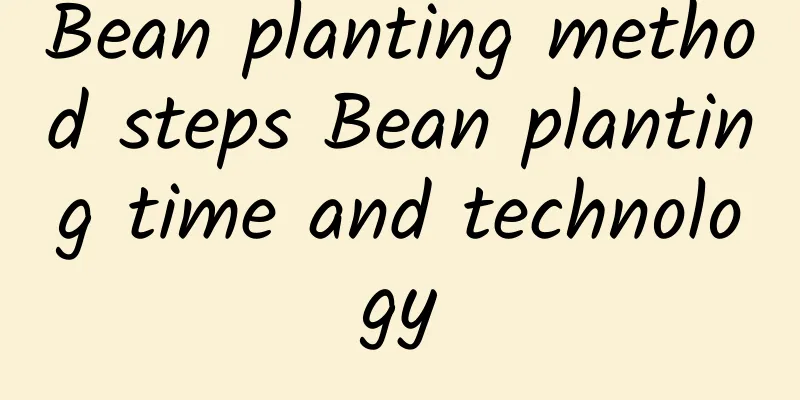How many days does pepper grow?

|
The growth process of pepper is divided into four stages: bud stage, seedling stage, flowering and fruiting stage, and fruiting stage. The germination stage is from seed germination to the appearance of the first true leaf, the seedling stage is from the appearance of the first true leaf to the appearance of the first flower bud, the flowering and fruiting stage is from the appearance of the first flower bud to the first flower fruit, and the harvest period is from the first pepper fruit setting. Pepper growing seasonThe growing period of peppers is about 180 days. In the south, peppers are generally planted in March and April, and can be harvested in June and July, ending in November. However, in the north, peppers are generally planted in April and May, and mature and are harvested in September and October of the lunar calendar. Pepper growing conditions1. Temperature: Pepper is a relatively warm-loving crop. The suitable temperature for its seeds to germinate is 15-30°C, and the optimum temperature is 25°C. When the temperature exceeds 35°C or is lower than 10°C, it will germinate poorly or not at all. 2. Lighting: Peppers require medium light intensity for growth and are relatively tolerant to weak light. If there is sufficient light, the internodes of the pepper seedlings will be short, the stems will be strong, the leaves will become thicker, and the color will be dark green. They will have strong resistance to adversity and will not be susceptible to disease. 3. Water: Peppers are neither drought-tolerant nor water-tolerant and have strict requirements for water. However, if the soil is too humid and has poor aeration, the root system will be underdeveloped, the plants will grow weak, have poor stress resistance, and be prone to disease. Appropriate watering is required to meet the needs of plant growth and development. Management of pepper during growth periodWhen managing peppers during the growing period, it is necessary to ensure that the leaves are large and thick, and the color is dark green. Pepper cultivation requires fertile soil and convenient drainage and irrigation. At the same time, the cultivation mode must also be determined according to the local climate. |
<<: How to take cuttings of bougainvillea
>>: Is calla lily suitable for indoor cultivation?
Recommend
What kind of crop is grape? It belongs to the temperate and subtropical crops.
What kind of crop is grape Grapes are a common fr...
How to plant daylily seeds
Sowing time Not all times of the year are suitabl...
What flowers are suitable for growing in Xuzhou? What are the city flowers and trees?
1. Climate characteristics of Xuzhou Xuzhou has a...
How to propagate Deutzia dasyphylla by cuttings
1. Select cuttings When propagating Deutzia dasyp...
What to do if the leaves of Bear's Paw become soft
Why are the leaves of Bear's Paw becoming sof...
How to fertilize potted green radish in winter
1. Methods Because the temperature in winter is v...
What is the best month to plant edamame in spring?
When to plant edamame in spring It is generally m...
Does Coconut Ice Bougainvillea bloom frequently?
Coconut Ice Bougainvillea is also called large li...
When is the best time to plant dahlias?
Dahlia, also known as sweet potato flower, tradit...
Can papaya peel be eaten?
1. Can I eat it? Papaya peel is edible. It has st...
Flowering period control of four-season primrose
The flowering period of four-season primrose When...
When should fennel be sown?
Fennel is a common vegetable with a special flavo...
How to make the weeping angel grow strong and how to raise it to an old stump
1. How to grow strong 1. Suitable soil: In order ...
How to plant the seeds of Sedum sedum
1. Preparation 1. Choose a planting method: Conve...
The 9 most unpalatable vegetables are actually the most nutritious!
No.1 Houttuynia cordata The charge: Houttuynia co...









